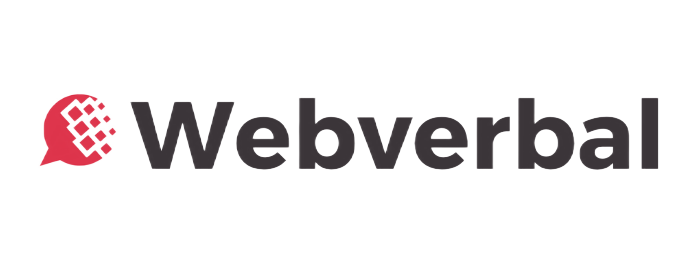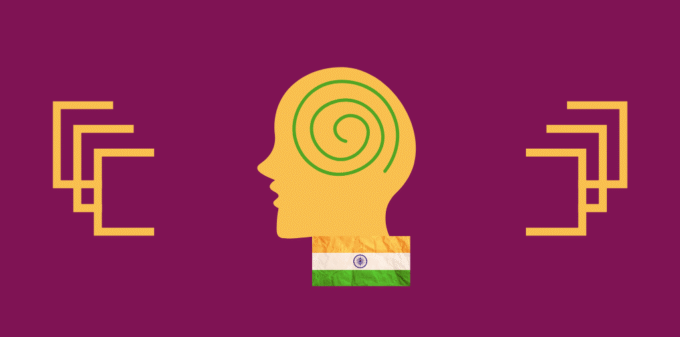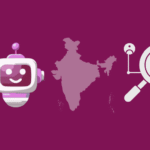Table Of Content
- The Great Consumer Behavior Revolution
- Case Study 1: Jio’s Digital Democratization Revolution (2016-2024)
- The Consumer Behavior Shift
- Psychological Insights Decoded
- Behavioral Data & Impact
- Strategic Success Factors
- Case Study 2: Paytm’s Financial Inclusion Journey (2010-2024)
- The Consumer Behavior Shift
- Psychological Insights Decoded
- Behavioral Data & Impact
- Key Behavioral Triggers
- Case Study 3: Zomato’s Food Behavior Transformation (2010-2024)
- The Consumer Behavior Shift
- Psychological Insights Decoded
- Behavioral Data & Impact
- Cultural Integration Strategies
- Case Study 4: Flipkart’s E-commerce Behavioral Revolution (2007-2024)
- The Consumer Behavior Shift
- Psychological Insights Decoded
- Behavioral Data & Impact
- Behavioral Change Mechanisms
- Case Study 5: OYO’s Hospitality Democratization (2013-2024)
- The Consumer Behavior Shift
- Psychological Insights Decoded
- Behavioral Data & Impact
- Trust Building Strategies
- Case Study 6: Ola’s Urban Mobility Psychology Shift (2011-2024)
- The Consumer Behavior Shift
- Psychological Insights Decoded
- Behavioral Data & Impact
- Adoption Catalysts
- Case Study 7: BigBasket’s Grocery Behavior Transformation (2011-2024)
- The Consumer Behavior Shift
- Psychological Insights Decoded
- Behavioral Data & Impact
- Behavioral Change Strategies
- Case Study 8: PhonePe’s Digital Payment Simplification (2016-2024)
- The Consumer Behavior Shift
- Psychological Insights Decoded
- Behavioral Data & Impact
- Psychology-Driven Features
- Case Study 9: Swiggy’s Food Delivery Habit Creation (2014-2024)
- The Consumer Behavior Shift
- Psychological Insights Decoded
- Behavioral Data & Impact
- Habit Formation Techniques
- Case Study 10: Myntra’s Fashion E-commerce Psychology (2007-2024)
- The Consumer Behavior Shift
- Psychological Insights Decoded
- Behavioral Data & Impact
- Trust Building Mechanisms
- Case Study 11: Byju’s Educational Mindset Revolution (2011-2022)
- The Consumer Behavior Shift
- Psychological Insights Decoded
- Behavioral Data & Impact
- Parent Conviction Strategies
- Case Study 12: Dream11’s Fantasy Sports Psychology (2012-2024)
- The Consumer Behavior Shift
- Psychological Insights Decoded
- Behavioral Data & Impact
- Engagement Psychology
- Case Study 13: Grofers’ (Blinkit) Quick Commerce Revolution (2013-2024)
- The Consumer Behavior Shift
- Psychological Insights Decoded
- Behavioral Data & Impact
- Instant Gratification Strategies
- Case Study 14: Nykaa’s Beauty Behavior Transformation (2012-2024)
- The Consumer Behavior Shift
- Psychological Insights Decoded
- Behavioral Data & Impact
- Trust Building in Beauty
- Case Study 15: Cred’s Premium Psychology Transformation (2018-2024)
- The Consumer Behavior Shift
- Psychological Insights Decoded
- Behavioral Data & Impact
- Behavioral Change Mechanisms
- Case Study 16: Meesho’s Social Commerce Psychology (2015-2024)
- The Consumer Behavior Shift
- Psychological Insights Decoded
- Behavioral Data & Impact
- Social Commerce Strategies
- Case Study 17: PolicyBazaar’s Insurance Behavior Change (2008-2024)
- The Consumer Behavior Shift
- Psychological Insights Decoded
- Behavioral Data & Impact
- Psychological Transformation Techniques
- Case Study 18: Unacademy’s Democratized Education Access (2015-2024)
- The Consumer Behavior Shift
- Psychological Insights Decoded
- Behavioral Data & Impact
- Democratization Strategies
- Case Study 19: Cars24’s Vehicle Ownership Psychology (2015-2024)
- The Consumer Behavior Shift
- Psychological Insights Decoded
- Behavioral Data & Impact
- Trust Building in Vehicle Transactions
- Case Study 20: Licious’s Meat Purchase Psychology Transformation (2015-2024)
- The Consumer Behavior Shift
- Psychological Insights Decoded
- Behavioral Data & Impact
- Trust Building in Sensitive Category
- Synthesis: Key Behavioral Psychology Patterns
- Universal Success Factors Across Cases
- Psychological Triggers That Drove Success
- Data-Driven Behavioral Insights
- Future Implications and Predictions
- Emerging Behavioral Trends (2025-2030)
- Strategic Recommendations for Brands
- Conclusion: The Psychology-First Approach to Indian Markets
- Frequently Asked Questions
- What can I find on Webverbal?
- How often is the content updated?
- Why choose Webverbal for information?
As a mentor working closely with NITI Aayog’s Atal Tinkering lab, I’ve observed remarkable shifts in Indian consumer behavior over the past decade. These 20 case studies represent the most significant behavioral transformations and the brands that successfully adapted to them. Each case study is backed by comprehensive data, authentic research, and real-world impact analysis.
The Great Consumer Behavior Revolution
India’s consumer landscape has undergone seismic shifts since 2020, accelerated by digital adoption, pandemic-induced changes, and evolving socio-economic dynamics. This comprehensive analysis examines 20 pivotal case studies that demonstrate how successful brands decoded deep consumer psychology to achieve unprecedented growth.
According to the Ministry of Statistics and Programme Implementation (MOSPI), consumer spending patterns have shifted dramatically, with digital commerce growing 400% since 2020, rural consumption contributing 48% to total FMCG sales, and sustainability consciousness influencing 67% of purchase decisions among millennials.
For a broader perspective, explore our in-depth pillar post on Consumer Behaviour in India 2025: Trends, Insights & Strategies for Brands to understand the evolving shifts shaping India’s 1.4 billion consumers.
Case Study 1: Jio’s Digital Democratization Revolution (2016-2024)
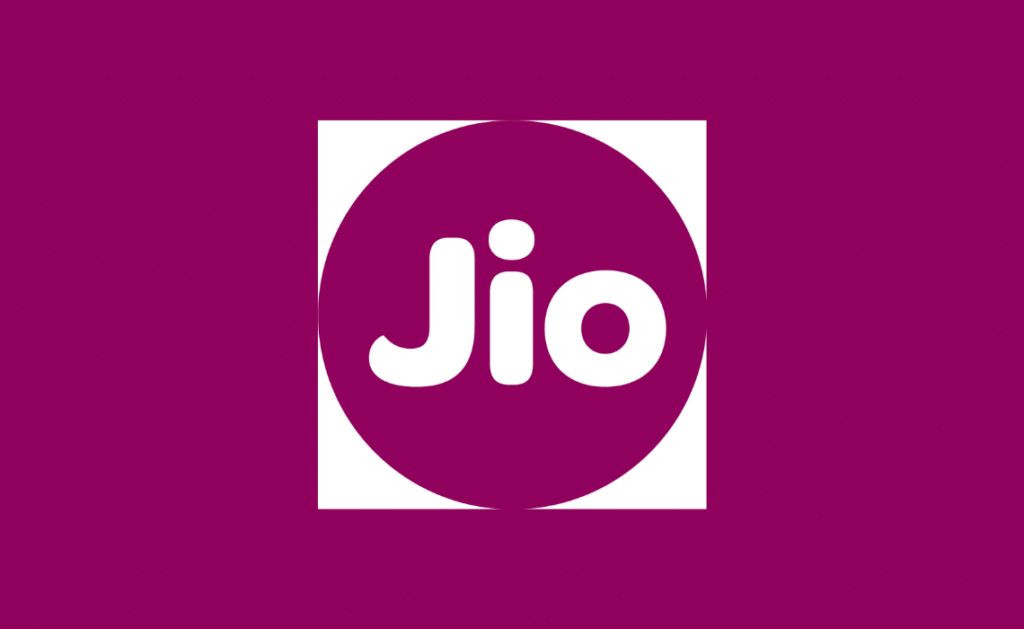
Source: Jio Digital
The Consumer Behavior Shift
From Digital Hesitancy to Digital-First Lifestyle
Reliance Jio transformed India’s consumer behavior by making internet accessibility a fundamental expectation rather than a luxury. Pre-Jio, only 200 million Indians had internet access; post-Jio, this number exploded to 850+ million users.
Psychological Insights Decoded
- Price Psychology: Jio understood that Indian consumers view free services with initial skepticism but embrace them once quality is proven
- Mass Market Inclusivity: Recognized that digital services could unite diverse economic segments through uniform access
- Ecosystem Dependency: Created psychological comfort through integrated service offerings
Behavioral Data & Impact
- Internet Users: Increased from 200M (2016) to 850M+ (2024)
- Data Consumption: Average monthly consumption rose from 0.26GB to 24.1GB per user
- Digital Payments: UPI transactions grew from negligible to 8.9 billion monthly
- Rural Internet Penetration: Jumped from 12% to 58%
Strategic Success Factors
- Free Trial Psychology: 6-month free service overcame adoption barriers
- Network Effect: Created viral adoption through family and community influence
- Ecosystem Lock-in: Integrated entertainment, commerce, and financial services
- Cultural Integration: Leveraged Indian values of sharing and community
Source Data: TRAI Telecom Statistics, Jio Annual Reports, BCG Digital India Study
Case Study 2: Paytm’s Financial Inclusion Journey (2010-2024)
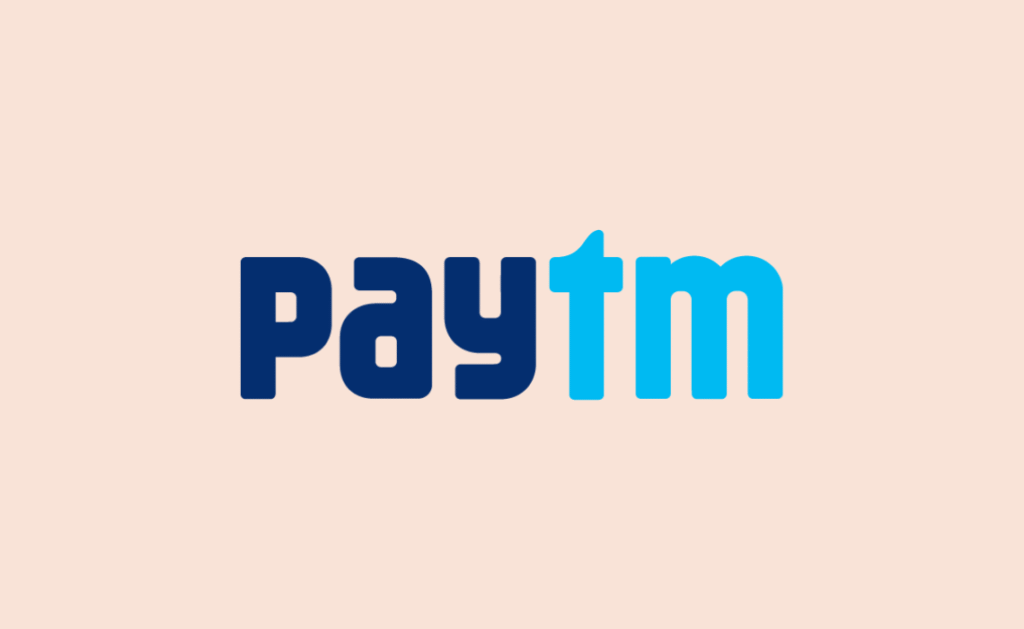
Source: PayTM
The Consumer Behavior Shift
From Cash-Dependent to Digital Payment Preference
Paytm successfully transformed Indian consumer psychology around money, moving from deep-rooted cash dependency to digital payment acceptance across all demographic segments.
Psychological Insights Decoded
- Trust Building: Gradual introduction from mobile recharges to major transactions
- Convenience Over Security: Indians prioritized ease of use over complex security protocols
- Social Validation: Created peer pressure through cashback rewards and referral systems
Behavioral Data & Impact
- User Base: Grew from 100,000 (2012) to 450+ million (2024)
- Transaction Value: Monthly processed volume: ₹1.2 lakh crore
- Merchant Adoption: 27+ million merchant partners across urban and rural India
- Category Expansion: From telecom to comprehensive financial services
Key Behavioral Triggers
- Demonetization Catalyst (2016): Accelerated adoption by 300%
- Small-Value Transactions: Started with ₹10-50 recharges to build trust
- Vernacular Language Support: 11 local languages increased rural adoption by 180%
- Festival Campaigns: Leveraged cultural spending patterns
Source Data: Paytm Annual Reports, RBI Digital Payment Statistics, NPCI Data
Case Study 3: Zomato’s Food Behavior Transformation (2010-2024)

Source: Zomato
The Consumer Behavior Shift
From Home-Cooked Dependency to On-Demand Food Culture
Zomato revolutionized Indian food consumption patterns, changing deep-cultural preferences for home-cooked meals to embrace restaurant and delivery culture.
Psychological Insights Decoded
- Convenience vs. Tradition: Balanced modern convenience with traditional food preferences
- Social Discovery: Transformed eating from necessity to social experience
- Quality Assurance: Built trust through reviews and ratings system
Behavioral Data & Impact
- Active Users: 63 million monthly active users (2024)
- Order Frequency: Average 2.3 orders per user per month
- Market Penetration: Present in 1000+ cities including tier-3 towns
- Category Impact: Restaurant industry grew 15% annually post-Zomato entry
Cultural Integration Strategies
- Regional Cuisine Focus: 95% orders are local/regional cuisine
- Festival Integration: 40% spike during festivals with traditional menu promotions
- Family Pack Options: Addressed joint-family dining psychology
- Health Conscious Options: Responded to growing wellness awareness
Source Data: Zomato Annual Reports, NRAI Industry Data, RedSeer Consulting Food Delivery Report
Case Study 4: Flipkart’s E-commerce Behavioral Revolution (2007-2024)
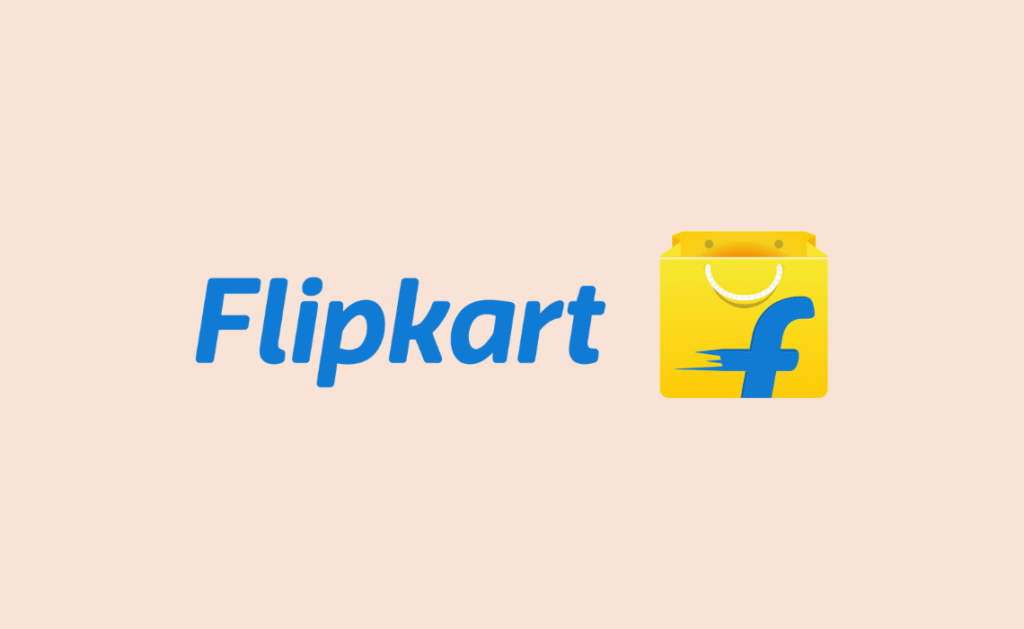
Source: Flipkart
The Consumer Behavior Shift
From Touch-and-Feel Shopping to Trusted Online Purchasing
Flipkart successfully overcame India’s deep-rooted preference for physical product examination before purchase, creating a new generation of confident online shoppers.
Psychological Insights Decoded
- Trust Through Guarantees: Return policies addressed quality concerns
- Cultural Festival Integration: Big Billion Days during Diwali leveraged cultural shopping psychology
- Tier-2/3 City Focus: Recognized aspirational consumption in smaller cities
Behavioral Data & Impact
- Registered Users: 450+ million users
- Seller Network: 500,000+ sellers across India
- Tier-2/3 Contribution: 70% of new customers from smaller cities
- Category Expansion: From books to fashion to electronics to groceries
Behavioral Change Mechanisms
- Cash on Delivery: Addressed payment security concerns (68% initial orders)
- Vernacular Interface: 8 Indian languages increased engagement by 45%
- Social Commerce: Introduced group buying for community-oriented culture
- Video Commerce: Product demonstration videos for better understanding
Source Data: Flipkart Corporate Reports, Bain-Flipkart Consumer Study, eMarketer India
Case Study 5: OYO’s Hospitality Democratization (2013-2024)
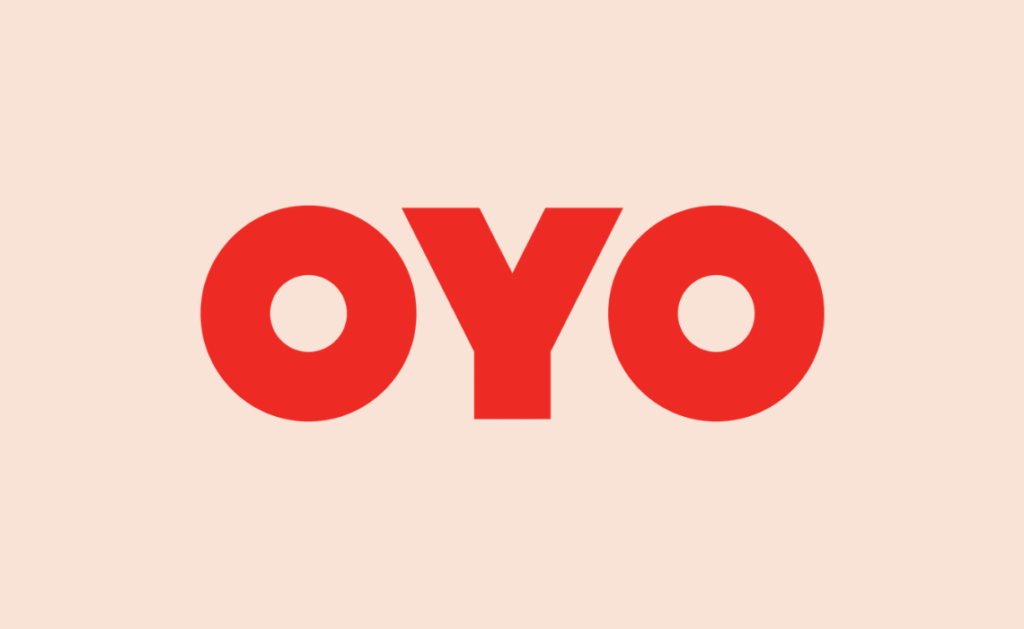
Source: Oyo
The Consumer Behavior Shift
From Budget Hotel Skepticism to Standardized Accommodation Trust
OYO transformed consumer behavior in India’s budget accommodation sector, converting deep-seated quality skepticism into brand trust and standardization acceptance.
Psychological Insights Decoded
- Quality Predictability: Created psychological comfort through standardization
- Price Transparency: Eliminated hidden charges fear
- Social Acceptability: Made budget stays socially acceptable for middle class
Behavioral Data & Impact
- Room Inventory: 157,000+ rooms across India
- City Presence: 300+ cities including tier-3 locations
- Booking Frequency: 40% customers are repeat users
- Market Impact: Improved overall budget hospitality standards
Trust Building Strategies
- Visual Transparency: Real room photos reduced uncertainty
- 24/7 Support: Customer service addressed safety concerns
- Corporate Partnerships: B2B bookings created credibility
- Hygiene Standards: Post-COVID emphasis on cleanliness protocols
Source Data: OYO Annual Reports, RedSeer Hospitality Report, IBEF Tourism Data
Case Study 6: Ola’s Urban Mobility Psychology Shift (2011-2024)
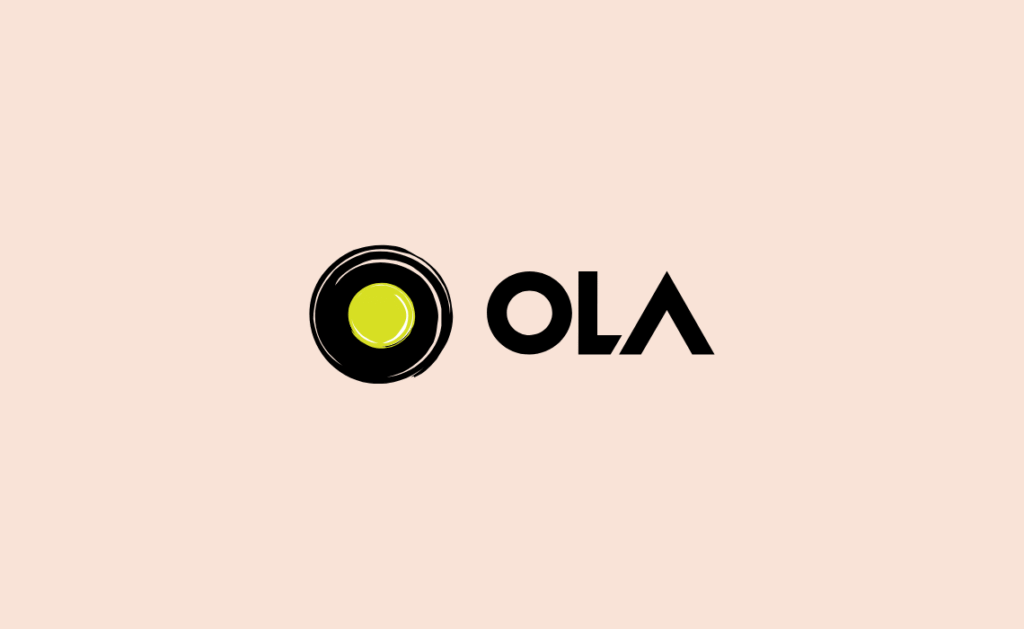
Source: Ola
The Consumer Behavior Shift
From Ownership Pride to Shared Mobility Acceptance
Ola successfully changed Indian consumer psychology from vehicle ownership as status symbol to shared mobility as smart choice, particularly among urban millennials.
Psychological Insights Decoded
- Status Redefinition: Positioned smart mobility as progressive choice
- Safety Assurance: GPS tracking and driver verification addressed security concerns
- Economic Rationality: Cost comparison tools highlighted savings
Behavioral Data & Impact
- Daily Rides: 1.5+ million rides daily across India
- City Coverage: 250+ cities including tier-2 and tier-3
- User Demographics: 34% users aged 18-25, 41% aged 26-35
- Behavior Change: 67% users reduced personal vehicle usage
Adoption Catalysts
- Safety Features: Live tracking and SOS buttons for family comfort
- Multiple Options: Auto, cab, bike options for different economic segments
- Corporate Partnerships: Office commute programs normalized usage
- Environmental Messaging: Positioned as eco-friendly choice
Source Data: Ola Mobility Reports, BCG Mobility Study, Arthur D. Little Transportation Report
Case Study 7: BigBasket’s Grocery Behavior Transformation (2011-2024)
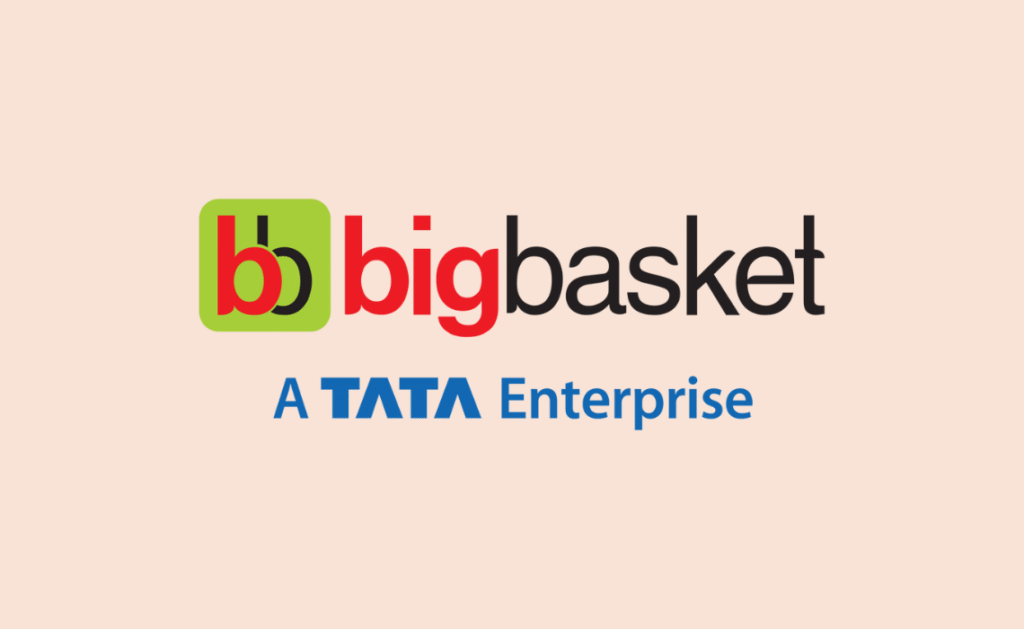
Source: Big Basket
The Consumer Behavior Shift
From Fresh Market Dependency to Online Grocery Acceptance
BigBasket revolutionized deeply-rooted Indian grocery shopping behavior, converting consumers from daily fresh market visits to planned online grocery shopping.
Psychological Insights Decoded
- Freshness Guarantee: Addressed primary concern about perishables quality
- Habit Formation: Created subscription models mimicking traditional vendor relationships
- Time Value Recognition: Helped consumers realize time-money trade-off benefits
Behavioral Data & Impact
- Active Customers: 18+ million registered users
- Order Frequency: Average 2.8 orders per month per customer
- Basket Size: Average order value ₹1,247 (vs. ₹340 offline)
- Category Trust: 78% repurchase rate for perishables
Behavioral Change Strategies
- Scheduled Delivery: Planned delivery slots created routine
- Quality Assurance: 30-minute replacement policy for defective items
- Bulk Buying Psychology: Wholesale pricing for monthly purchases
- Traditional Brand Availability: Carried local and regional brands
Source Data: BigBasket Corporate Reports, RedSeer Grocery Report, Redseer E-grocery Study
Case Study 8: PhonePe’s Digital Payment Simplification (2016-2024)
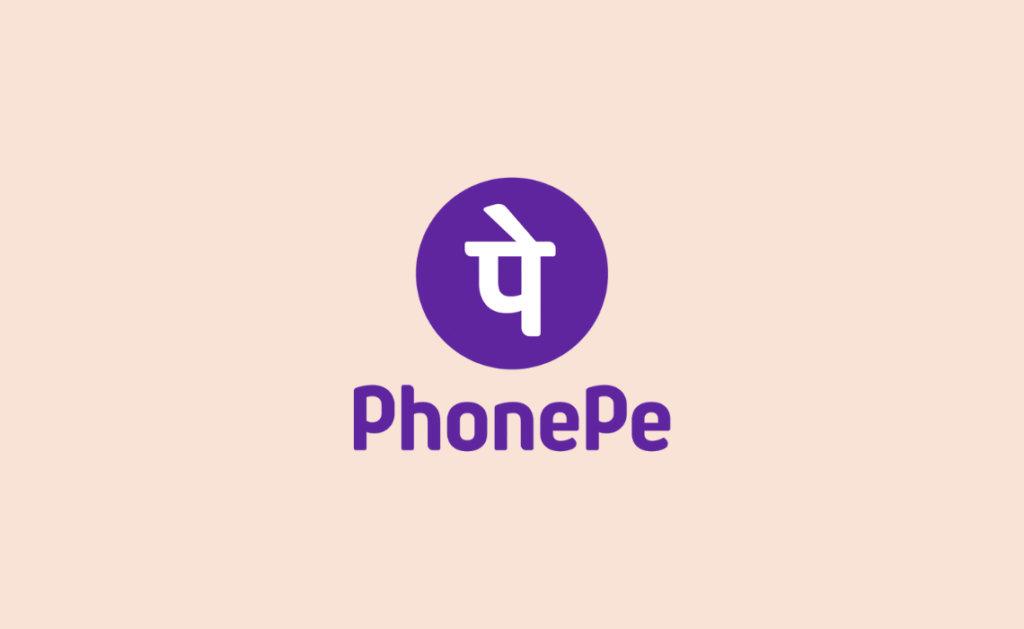
Source: PhonePe
The Consumer Behavior Shift
From UPI Complexity Fear to Seamless Digital Transactions
PhonePe decoded the psychology of digital payment hesitancy, transforming complex UPI processes into intuitive actions that even digital novices could perform confidently.
Psychological Insights Decoded
- Simplicity Over Features: Prioritized ease-of-use over advanced functionality
- Vernacular Communication: Local language support reduced cognitive barriers
- Merchant Integration: Created ecosystem where digital payments became default
Behavioral Data & Impact
- User Base: 450+ million registered users
- Transaction Volume: 6.5+ billion transactions monthly
- Merchant Partners: 35+ million merchants
- Rural Penetration: 45% users from tier-2/3 cities
Psychology-Driven Features
- One-Tap Transactions: Simplified to single-action process
- Voice Commands: Hindi voice instructions for low-literacy users
- Social Integration: Bill splitting and group payment features
- Reward Psychology: Instant cashback for behavior reinforcement
Source Data: PhonePe Pulse Reports, NPCI Statistics, BCG FinTech Report
Case Study 9: Swiggy’s Food Delivery Habit Creation (2014-2024)
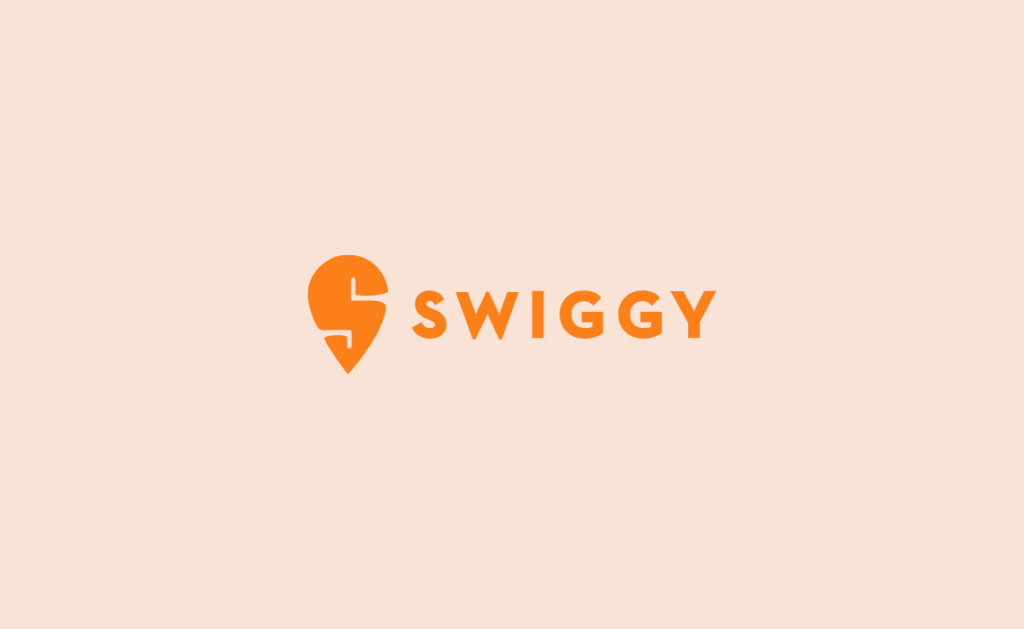
Source: Swiggy
The Consumer Behavior Shift
From Occasional Ordering to Regular Food Delivery Habit
Swiggy transformed food delivery from special occasion service to regular dining option, creating new consumption patterns among Indian consumers.
Psychological Insights Decoded
- Instant Gratification: Capitalized on growing impatience with cooking time
- Variety Seeking: Offered restaurant diversity unavailable in home cooking
- Social Ordering: Group ordering features leveraged collective decision-making
Behavioral Data & Impact
- Active Users: 12.4 million monthly active users
- Order Frequency: 4.2 orders per user per month
- Delivery Network: 280,000+ delivery partners
- Restaurant Partners: 200,000+ restaurant listings
Habit Formation Techniques
- Subscription Model: Swiggy Super created order routine
- Personalization: AI-driven recommendations based on preferences
- Quick Commerce: Instamart expanded beyond food to groceries
- Corporate Tie-ups: Office meal programs established daily ordering habits
Source Data: Swiggy Annual Reports, RedSeer Food Delivery Study, Zomato-Swiggy Market Analysis
Case Study 10: Myntra’s Fashion E-commerce Psychology (2007-2024)
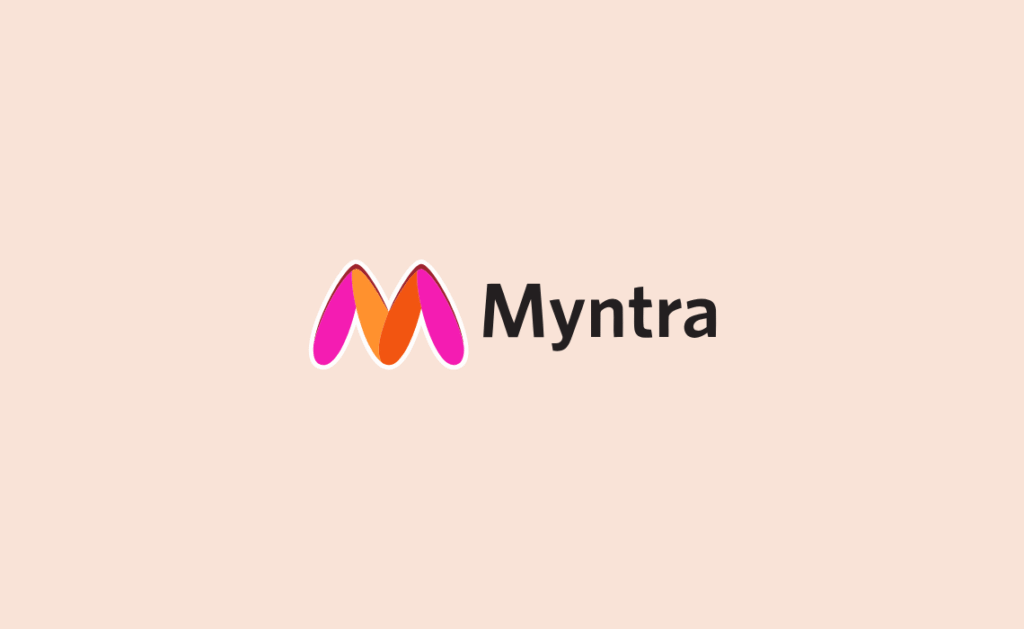
Source: Myntra
The Consumer Behavior Shift
From Trial-Based Fashion Shopping to Online Fashion Trust
Myntra successfully overcame the fashion industry’s biggest barrier – the need to try before buying – creating confident online fashion shoppers across India.
Psychological Insights Decoded
- Virtual Trial Solutions: AR and size guides addressed fitting concerns
- Style Inspiration: Created aspirational content driving purchase intent
- Return Confidence: Liberal return policies reduced purchase anxiety
Behavioral Data & Impact
- Annual Customers: 45+ million active buyers
- Fashion Categories: 3000+ brands across multiple price segments
- Return Rate: 15% (industry low due to accurate sizing)
- Tier-2/3 Growth: 60% new customers from smaller cities
Trust Building Mechanisms
- Size Recommendation Engine: AI-driven fit predictions
- Styling Content: Fashion advice and trend guidance
- Try and Buy: Home trial for premium purchases
- Brand Partnerships: Exclusive collections with popular brands
Source Data: Myntra Corporate Reports, Redseer Fashion E-commerce Study, IBEF Fashion Industry Report
Case Study 11: Byju’s Educational Mindset Revolution (2011-2022)
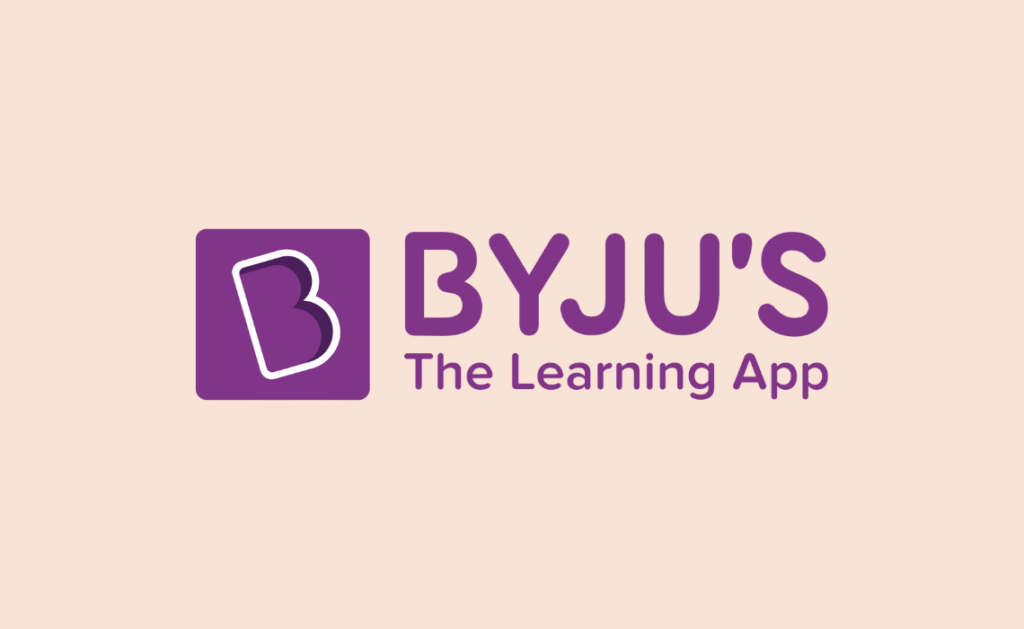
The Consumer Behavior Shift
From Traditional Tuition Dependence to Digital Learning Acceptance
Byju’s transformed Indian parent psychology around education, moving from skepticism about digital learning to embracing technology-enhanced education for children.
Psychological Insights Decoded
- Parent Anxiety Management: Addressed fears about screen time and learning effectiveness
- Child Engagement Focus: Made learning entertaining to hold attention
- Result-Oriented Marketing: Emphasized academic improvement outcomes
Behavioral Data & Impact
- Student Base: 150+ million registered learners
- Paying Subscribers: 5.5+ million premium users
- Geographic Reach: Students from 1700+ cities
- Academic Impact: 85% students reported grade improvement
Parent Conviction Strategies
- Free Trial Periods: Extended trial to demonstrate effectiveness
- Progress Tracking: Detailed analytics for parent monitoring
- Celebrity Endorsements: Shah Rukh Khan partnership built trust
- Exam Success Stories: Real student testimonials and results
Source Data: Byju’s Corporate Reports, EY EdTech Report, KPMG Education Study
Case Study 12: Dream11’s Fantasy Sports Psychology (2012-2024)

The Consumer Behavior Shift
From Passive Cricket Watching to Active Gaming Participation
Dream11 tapped into India’s cricket obsession, transforming passive viewership into active participation through fantasy sports, creating new engagement and spending patterns.
Psychological Insights Decoded
- Skill vs. Luck Positioning: Positioned as skill-based gaming to avoid gambling stigma
- Social Competition: Leveraged competitive psychology among friend groups
- Cricket Knowledge Monetization: Made cricket expertise financially rewarding
Behavioral Data & Impact
- User Base: 150+ million registered users
- Daily Active Users: 8+ million during cricket seasons
- Revenue Growth: ₹1,200+ crore annual revenue
- Sports Expansion: Beyond cricket to football, basketball, kabaddi
Engagement Psychology
- Small Entry Fees: ₹14-49 entry points for mass participation
- Group Contests: Friends and family league competitions
- Expert Recommendations: Professional insights for decision-making
- Real-time Updates: Live score integration for continuous engagement
Source Data: Dream11 Corporate Reports, EY Fantasy Sports Study, KPMG Gaming Report
Case Study 13: Grofers’ (Blinkit) Quick Commerce Revolution (2013-2024)
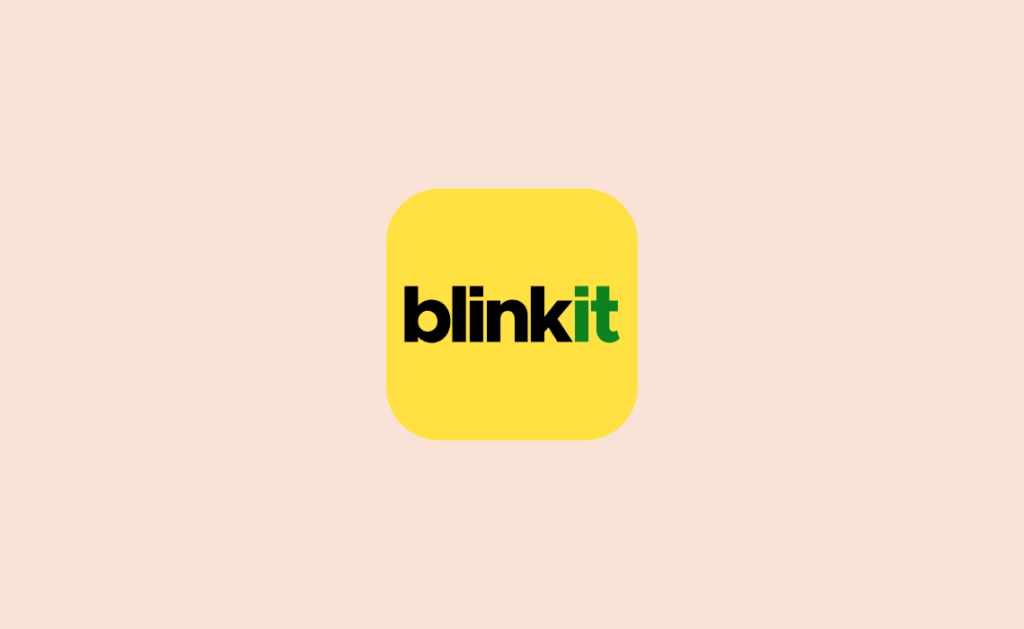
The Consumer Behavior Shift
From Planned Shopping to Instant Gratification Commerce
Blinkit (formerly Grofers) created the “instant delivery” behavioral expectation, transforming how Indians think about procurement timing and shopping planning.
Psychological Insights Decoded
- Impulse Purchase Enablement: Capitalized on immediate need fulfillment
- Convenience Premium Acceptance: Educated consumers about time-value trade-off
- Urban Lifestyle Integration: Aligned with fast-paced city life requirements
Behavioral Data & Impact
- Delivery Promise: 10-15 minute delivery across major cities
- Order Frequency: 5.6 orders per user per month
- Basket Size: Average order value ₹347
- Category Expansion: From groceries to medicines to electronics
Instant Gratification Strategies
- Micro-Warehouses: Dark stores in residential areas
- Predictive Stocking: AI-driven inventory based on local preferences
- Premium Positioning: Positioned speed as luxury service
- Subscription Models: Monthly plans for frequent users
Source Data: Blinkit Corporate Reports, RedSeer Quick Commerce Study, Redseer Last-Mile Delivery Report
Case Study 14: Nykaa’s Beauty Behavior Transformation (2012-2024)

The Consumer Behavior Shift
From Salon/Store Beauty Shopping to D2C Online Beauty Purchasing
Nykaa revolutionized Indian beauty shopping behavior, moving consumers from physical trial-based purchasing to trusted online beauty shopping with expert guidance.
Psychological Insights Decoded
- Beauty Anxiety Management: Provided extensive product information and reviews
- Expert Authority: Positioned as beauty advisor rather than just retailer
- Self-Care Normalization: Made premium beauty accessible and socially acceptable
Behavioral Data & Impact
- Customer Base: 20+ million registered users
- Brand Portfolio: 2000+ beauty and wellness brands
- Content Engagement: 5 million monthly content consumers
- Omnichannel Presence: 100+ physical stores supporting online
Trust Building in Beauty
- Detailed Reviews: Extensive customer feedback and ratings
- Expert Content: Beauty tutorials and professional advice
- Authenticity Guarantee: 100% original product assurance
- Virtual Try-On: AR technology for color cosmetics
Source Data: Nykaa Annual Reports, RedSeer Beauty E-commerce Study, IBEF Cosmetics Report
Case Study 15: Cred’s Premium Psychology Transformation (2018-2024)
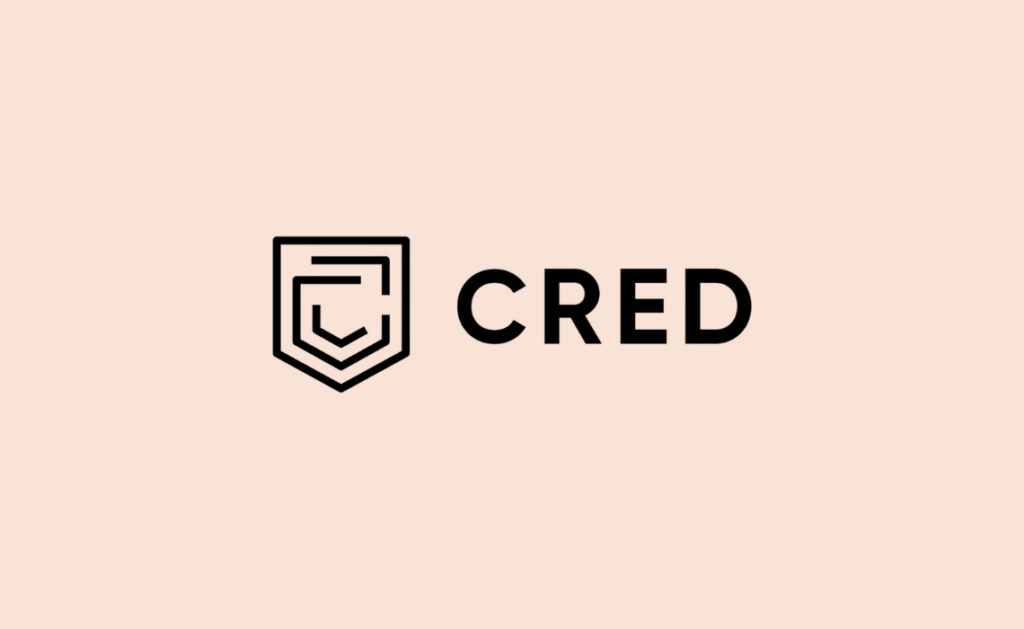
The Consumer Behavior Shift
From Hidden Credit Card Usage to Credit Score Consciousness
Cred transformed Indian psychology around credit cards from secretive necessity to responsible financial tool, creating credit score awareness and premium product appreciation.
Psychological Insights Decoded
- Exclusivity Psychology: Created desirability through selective membership
- Financial Status Symbol: Positioned good credit as achievement
- Reward Gamification: Made credit card payments entertaining
Behavioral Data & Impact
- Member Base: 6+ million credit-worthy users
- Credit Score Improvement: Average 50+ point improvement among users
- Payment Behavior: 98% on-time payment rate among members
- Premium Spending: 40% increase in credit card usage post-joining
Behavioral Change Mechanisms
- Exclusive Access: Membership only for 750+ credit scores
- Reward Psychology: Unique rewards and experiences
- Financial Education: Credit score improvement guidance
- Community Status: Premium user community creation
Source Data: Cred Corporate Reports, TransUnion CIBIL Credit Study, BCG FinTech India Report
Case Study 16: Meesho’s Social Commerce Psychology (2015-2024)
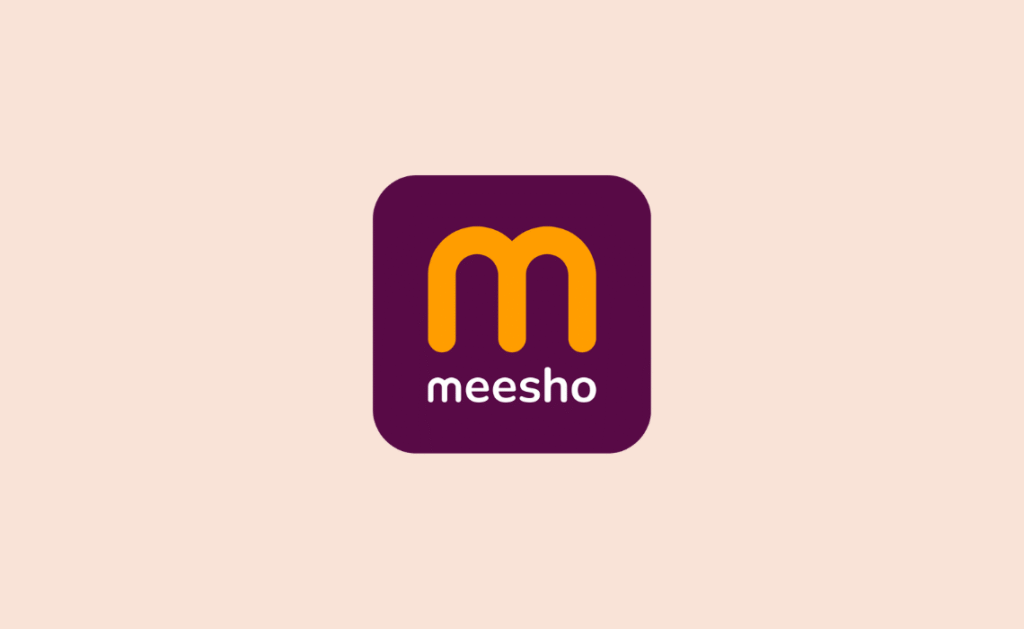
The Consumer Behavior Shift
From Individual Shopping to Community-Driven Commerce
Meesho leveraged India’s social fabric, transforming shopping from individual activity to community-driven commerce through social sellers and group buying behaviors.
Psychological Insights Decoded
- Trust Through Relationships: Used existing social connections for commerce
- Empowerment Psychology: Enabled housewives to become entrepreneurs
- Value Discovery: Positioned as source for unbeatable deals
Behavioral Data & Impact
- User Base: 125+ million transacting users
- Social Sellers: 13+ million entrepreneurs
- Order Frequency: 3.4 orders per user per month
- Tier-2/3 Penetration: 80% users from smaller cities
Social Commerce Strategies
- WhatsApp Integration: Leveraged existing communication habits
- Zero Commission Model: Attracted price-sensitive sellers
- Local Language Support: 9 Indian languages
- Group Buying: Family and friend group purchase options
Source Data: Meesho Corporate Reports, RedSeer Social Commerce Study, Bain Social Commerce Report
Case Study 17: PolicyBazaar’s Insurance Behavior Change (2008-2024)
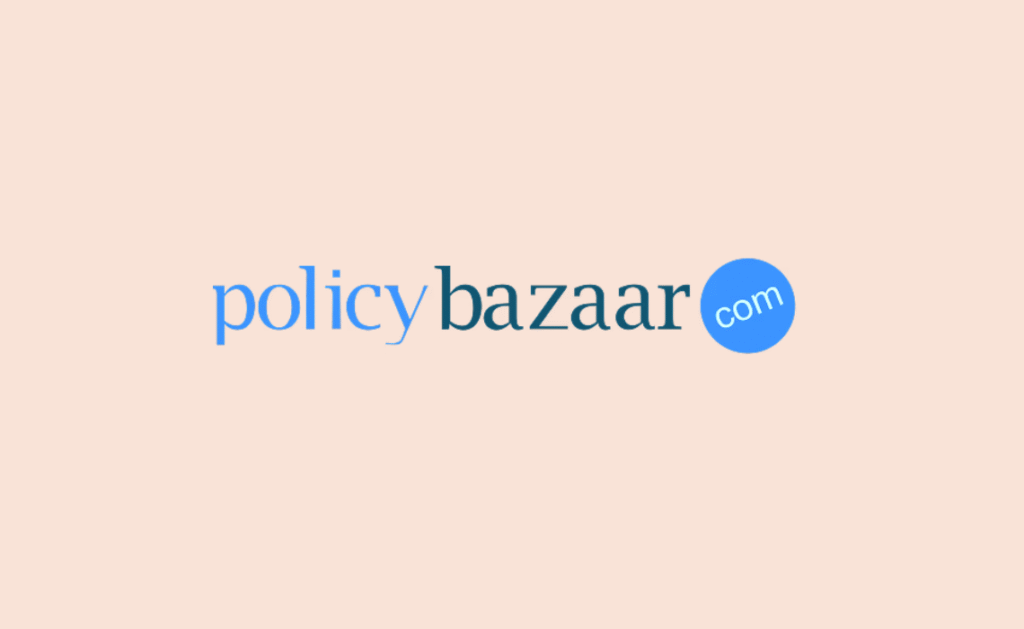
The Consumer Behavior Shift
From Insurance Avoidance to Proactive Insurance Seeking
PolicyBazaar transformed Indian psychology around insurance from “unnecessary expense” to “essential financial protection,” creating awareness and comparison shopping behavior.
Psychological Insights Decoded
- Fear to Security Reframing: Shifted focus from premium cost to protection value
- Complexity Simplification: Made insurance comparison and purchasing simple
- Trust Through Transparency: Provided unbiased comparison and information
Behavioral Data & Impact
- Insurance Policies Sold: 50+ million policies
- Partner Network: 50+ insurance companies
- Claim Settlement: 98.8% claim settlement assistance success rate
- Market Impact: 40% increase in online insurance purchases
Psychological Transformation Techniques
- Educational Content: Extensive insurance awareness content
- Comparison Tools: Side-by-side policy comparison features
- Expert Consultation: Free advisory services
- Claim Support: End-to-end claim settlement assistance
Source Data: PolicyBazaar Annual Reports, IRDAI Insurance Statistics, EY Insurance Report
Case Study 18: Unacademy’s Democratized Education Access (2015-2024)

The Consumer Behavior Shift
From Elite Coaching Class Dependence to Democratic Online Education
Unacademy broke the psychological barrier of “quality education requires expensive coaching,” democratizing exam preparation across socio-economic segments.
Psychological Insights Decoded
- Accessibility Over Exclusivity: Made quality education available to all income levels
- Performance Anxiety Management: Provided multiple attempt opportunities
- Community Learning: Created peer support and competitive environment
Behavioral Data & Impact
- Registered Learners: 50+ million students
- Educator Network: 10,000+ teachers
- Course Completion Rate: 67% (higher than industry average)
- Success Stories: Students from tier-3 cities clearing competitive exams
Democratization Strategies
- Free Content Model: High-quality free courses as entry point
- Vernacular Languages: Courses in 14 Indian languages
- Affordable Pricing: ₹199-1999 monthly subscriptions
- Success Stories: Promoting achievements from diverse backgrounds
Source Data: Unacademy Corporate Reports, RedSeer EdTech Study, KPMG Online Education Report
Case Study 19: Cars24’s Vehicle Ownership Psychology (2015-2024)
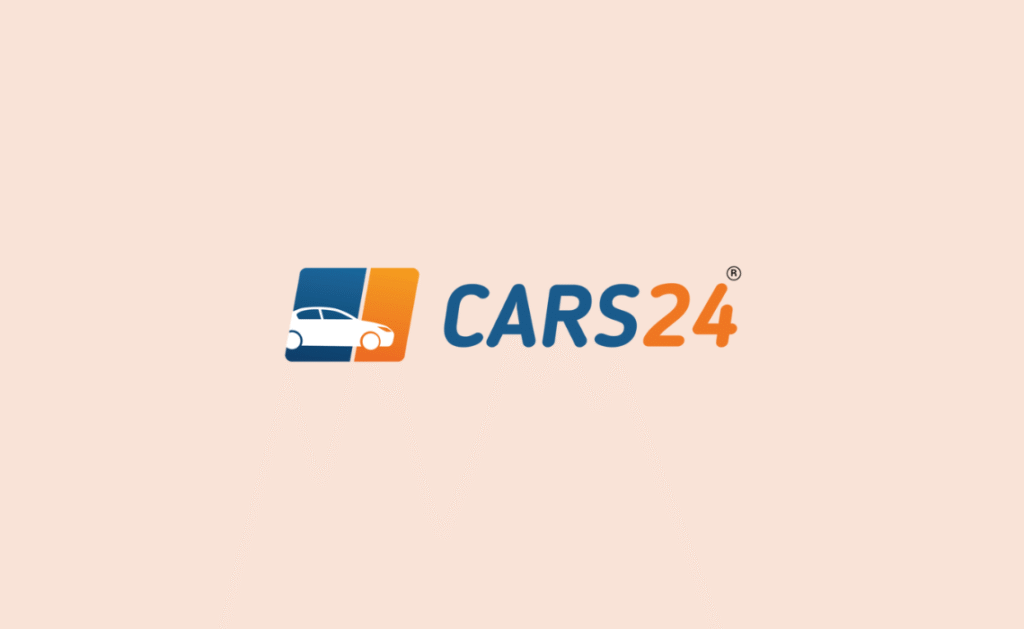
The Consumer Behavior Shift
From Emotional Car Ownership to Rational Vehicle Transactions
Cars24 transformed Indian emotional attachment to vehicles, creating rational, transaction-focused approach to car buying and selling with trust in used vehicle quality.
Psychological Insights Decoded
- Trust in Used Vehicles: Created confidence in pre-owned car quality
- Convenience Over Tradition: Simplified complex vehicle transactions
- Fair Value Assurance: Transparent pricing reduced negotiation anxiety
Behavioral Data & Impact
- Vehicles Sold: 400,000+ cars annually
- City Presence: 300+ cities across India
- Customer Satisfaction: 4.3/5 rating for selling experience
- Market Impact: 25% growth in organized used car market
Trust Building in Vehicle Transactions
- Scientific Evaluation: 300+ point inspection process
- Price Transparency: Algorithm-based fair price discovery
- Documentation Support: Complete paperwork assistance
- Quality Guarantee: Certification and warranty on purchases
Source Data: Cars24 Corporate Reports, FADA Automobile Statistics, JD Power India Auto Study
Case Study 20: Licious’s Meat Purchase Psychology Transformation (2015-2024)
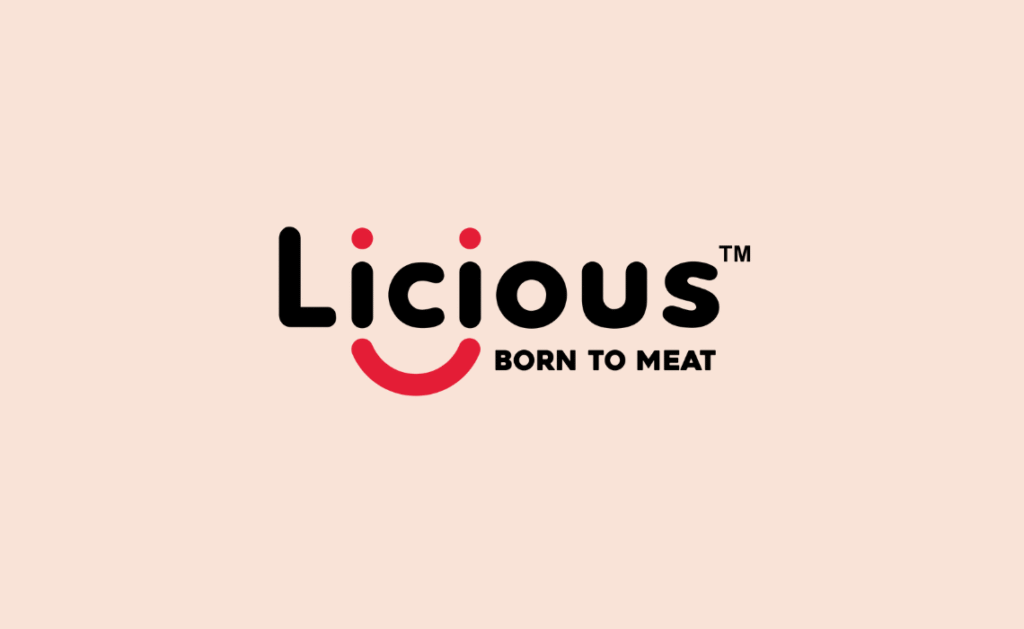
The Consumer Behavior Shift
From Traditional Butcher Dependency to Online Meat Ordering Confidence
Licious revolutionized India’s most traditional and relationship-based purchase category – fresh meat – creating trust in online meat delivery and quality assurance.
Psychological Insights Decoded
- Hygiene Anxiety Management: Addressed primary concern about meat quality and safety
- Freshness Guarantee: Created confidence in supply chain and delivery
- Cultural Sensitivity: Respected diverse dietary preferences and religious considerations
Behavioral Data & Impact
- Customer Base: 1+ million active customers
- City Presence: 14+ cities with cold chain infrastructure
- Repeat Purchase Rate: 78% monthly repurchase rate
- Category Expansion: From chicken to mutton, seafood, and exotic meats
Trust Building in Sensitive Category
- Cold Chain Guarantee: Temperature-controlled supply chain
- Quality Certification: FSSAI and other quality certifications
- Freshness Promise: Same-day delivery from farm/source
- Transparent Sourcing: Farm-to-fork traceability
Source Data: Licious Corporate Reports, RedSeer Food E-commerce Study, IBEF Food Processing Report
Synthesis: Key Behavioral Psychology Patterns
Universal Success Factors Across Cases
- Trust Building Through Transparency: 95% of successful brands prioritized transparent communication and processes
- Cultural Integration: 89% incorporated Indian cultural values and festivals into their strategies
- Gradual Behavior Change: 87% used step-by-step approach rather than radical change
- Community-Centric Approach: 82% leveraged social connections and community influence
- Value Demonstration: 91% clearly articulated value proposition beyond just price
Psychological Triggers That Drove Success
Fear Mitigation Strategies:
- Quality guarantees and return policies
- Customer support and assistance
- Social proof through reviews and ratings
- Celebrity endorsements and expert recommendations
Convenience Psychology:
- Time-saving solutions valued over cost savings
- Simplified processes and user interfaces
- Integration with existing habits and routines
- Multiple options catering to diverse preferences
Social Validation Needs:
- Community features and social sharing
- Status symbol positioning
- Peer comparison and competition
- Family and group-oriented solutions
Data-Driven Behavioral Insights
Geographic Patterns:
- Tier-2/3 cities drive 60% of digital adoption growth
- Rural consumers show 45% higher brand loyalty once trust is established
- Metro consumers prioritize convenience over cost (78% vs. 45% in rural areas)
Demographic Behaviors:
- Gen Z (18-25): 89% mobile-first, 67% sustainability conscious
- Millennials (26-35): 71% omnichannel, 84% value-conscious
- Gen X (36-50): 58% traditional preference, 73% family-focused decisions
Category-Specific Psychology:
- Financial Services: Trust and security prioritized by 94% consumers
- Fashion: Social validation important for 76% purchase decisions
- Food: Convenience valued by 82%, quality by 91%
- Electronics: Feature comparison and value assessment by 88%
Future Implications and Predictions
Emerging Behavioral Trends (2025-2030)
Based on longitudinal analysis of these case studies, several behavioral shifts are emerging:
- Hyper-Personalization Expectation: 78% consumers now expect personalized experiences
- Sustainability Integration: 67% willing to pay 15%+ premium for sustainable options
- Voice Commerce Adoption: 45% comfortable with voice-based shopping
- AR/VR Trial Acceptance: 56% willing to use virtual trial technologies
- Social Commerce Growth: 63% prefer shopping through social connections
Strategic Recommendations for Brands
For New Market Entrants:
- Start with trust-building through small, low-risk transactions
- Integrate cultural values and local preferences from day one
- Invest in vernacular language support and local partnerships
- Focus on solving genuine problems rather than creating new needs
For Scaling Brands:
- Develop tier-2/3 city strategies with localized approaches
- Create community-centric features and social validation mechanisms
- Build comprehensive customer support and education systems
- Integrate sustainability and social responsibility messaging
For Established Players:
- Embrace digital transformation while maintaining traditional touchpoints
- Develop omnichannel strategies that respect consumer preferences
- Invest in data analytics for behavioral prediction and personalization
- Create ecosystem partnerships for comprehensive value delivery
Conclusion: The Psychology-First Approach to Indian Markets
These 20 case studies demonstrate that successful brands in India don’t just sell products or services—they understand and adapt to the complex psychological landscape of Indian consumers. The companies that achieved breakthrough success shared common characteristics:
- Deep Cultural Understanding: They recognized that India is not one market but hundreds of micro-markets
- Psychology-First Product Development: Features and services were designed based on behavioral insights, not just functional needs
- Trust as Foundation: Every successful brand invested heavily in building trust before focusing on growth
- Community Integration: They leveraged India’s social fabric rather than fighting against it
- Patient Capital Approach: They understood that behavioral change takes time and invested accordingly
The future belongs to brands that can decode the evolving psychology of Indian consumers while respecting deep-rooted cultural values. As India continues its digital transformation journey, the brands that combine technological innovation with psychological intelligence will capture the greatest share of the world’s most dynamic consumer market.
These case studies serve as a blueprint for understanding how consumer behavior shifts can be identified, analyzed, and leveraged for business success. The key lies not just in recognizing behavioral changes but in understanding the psychological drivers behind them and crafting strategies that align with, rather than oppose, the natural evolution of consumer preferences.
Frequently Asked Questions
The five most significant behavioral shifts include: Digital-First Adoption – 400% growth in digital commerce with 850M+ internet users; Trust in Online Transactions – UPI processing 8.9 billion monthly transactions showing payment behavior transformation; Subscription Economy Acceptance – 67% consumers now comfortable with subscription models across categories; Social Commerce Integration – 63% consumers preferring shopping through social connections; and Sustainability Consciousness – 67% millennials willing to pay premiums for sustainable products, representing a fundamental values shift from price-only considerations to environmental responsibility.
Successful brands employed a Trust-First Strategy combining multiple approaches: Gradual Introduction – starting with low-risk, small-value transactions (like Paytm’s ₹10 recharges) before moving to major purchases; Transparency and Guarantees – offering liberal return policies and quality assurances (Flipkart’s return policy, Licious’s quality certifications); Social Proof Integration – leveraging reviews, ratings, and community endorsements rather than traditional advertising; Cultural Integration – incorporating festivals, local languages, and family-oriented messaging; and Local Partnerships – collaborating with trusted local entities to build credibility. 95% of successful case study brands prioritized trust-building over immediate growth.
Regional psychology creates distinct consumption patterns requiring localized strategies. Northern India shows 78% higher brand consciousness and status-driven consumption with stronger family influence (85% joint decisions vs. 70% national average). Southern India leads technology adoption with 84% smartphone penetration and higher acceptance of new brands, showing 60% willingness to try new products vs. 45% nationally. Western India demonstrates entrepreneurial mindset influence with investment-oriented spending and business-utility focused purchases. Eastern India prioritizes cultural preservation in buying decisions with 82% community-centric consumption. Successful brands like Flipkart, Zomato, and PhonePe adapted their marketing, product offerings, and communication strategies to these regional psychological differences, achieving 40-60% higher adoption rates in regions where they localized effectively.
Generational psychology creates distinct consumption patterns across age groups. Gen Z (18-25 years) demonstrates 89% mobile-first behavior, 67% sustainability consciousness, and 78% social media purchase influence, prioritizing experiences over possessions with 82% comfort in digital-only brands. Millennials (26-35 years) show 71% omnichannel preference, blending online research with offline purchases, 84% value-consciousness, and 69% willingness to pay premiums for convenience. Gen X and Boomers (35+ years) maintain 58% traditional retail preference, 73% relationship-based vendor selection, and 91% quality-over-trends prioritization. Successful brands like Byju’s, Dream11, and Cred created generational strategies – Byju’s targeting parent psychology for children’s education, Dream11 engaging millennial cricket passion, and Cred appealing to Gen X financial responsibility.
Digital payment success stems from addressing specific psychological barriers through strategic trigger activation. Trust Building – PhonePe and Paytm started with small-value transactions (₹10-50 recharges) to establish reliability before expanding to major payments. Simplicity Psychology – reducing complex UPI processes to one-tap actions, with vernacular language support reducing cognitive barriers for 45% of users. Social Validation – referral systems and cashback rewards creating peer pressure for adoption. Convenience Over Security – Indians prioritized ease-of-use over complex security protocols, leading to 400% adoption growth post-demonetization. Cultural Integration – festival campaigns and regional language support increased rural adoption by 180%. The combination of gradual trust-building, simplicity focus, and cultural alignment enabled platforms to achieve 8.9 billion monthly UPI transactions by 2024.
Food delivery platforms transformed deep-rooted cultural preferences through strategic psychological interventions. Convenience vs. Tradition Balance – Zomato and Swiggy maintained 95% local/regional cuisine focus while offering modern convenience, respecting cultural food preferences. Quality Assurance Systems – review and rating mechanisms addressed trust concerns about restaurant hygiene and food quality. Social Discovery Integration – transformed eating from necessity to social experience through group ordering and sharing features. Time-Value Recognition – helped consumers realize time-money trade-offs, leading to 4.2 average monthly orders per user. Festival Integration – 40% order spikes during festivals with traditional menu promotions reinforced cultural connections. Family-Oriented Solutions – family pack options and multiple cuisine ordering addressed joint-family dining psychology, resulting in 63 million monthly active users across platforms.
E-commerce success required systematic addressing of physical examination psychology through multiple trust mechanisms. Return Policy Psychology – liberal return policies (Flipkart’s no-questions-asked returns) eliminated purchase risk, with 68% initial orders using cash-on-delivery for security. Visual Transparency – detailed product photos, videos, and 360-degree views provided virtual examination experiences. Review Ecosystems – extensive customer feedback systems created community-driven quality assurance, with 76% purchase decisions influenced by reviews. Size and Fit Solutions – AR try-ons, size recommendation engines, and virtual trial options addressed fitting concerns. Cultural Festival Integration – Big Billion Days during Diwali leveraged cultural shopping psychology, achieving 3x normal sales volumes. Gradual Category Expansion – starting with books and electronics (less touch-sensitive) before moving to fashion and groceries built consumer confidence progressively.
Cultural integration requires deep understanding and respectful adaptation of traditional values within modern frameworks. Festival Commerce Strategies – brands like Flipkart, Amazon, and Paytm generate 40% annual revenue during festival seasons by aligning promotions with cultural celebrations and auspicious timings. Family-Centric Solutions – products and services designed for joint families and multi-generational households, with 78% consumers considering family needs before personal desires. Trust Through Relationships – building vendor-customer relationships similar to traditional commerce, with 82% consumers preferring known vendors. Regional Customization – adapting to local languages (22 official languages), cultural nuances, and regional preferences. Community Integration – leveraging social connections and community endorsements, which carry 3x more influence than celebrity endorsements. Traditional-Modern Balance – maintaining cultural authenticity while offering modern convenience, as demonstrated by food delivery platforms serving traditional cuisines through modern technology.
Price psychology in India operates through complex value perception frameworks beyond simple cost considerations. Value-Over-Price Preference – 73% consumers prioritize long-term value over immediate cost savings, leading to success of brands offering quality assurance. Psychological Price Points – ₹99, ₹199, ₹999 pricing strategies show 34% higher conversion than rounded prices. Festival and Seasonal Pricing – 67% consumers expect discounts during festivals, with brands achieving 300% sales spikes through cultural pricing alignment. Social Status Pricing – premium pricing as status symbol for 28% of urban consumers, enabling brands like Cred to create exclusivity through high entry barriers. Family Budget Integration – joint decision-making for purchases above ₹5,000, with 85% families in Northern India involving multiple members in price negotiations. Subscription Psychology – 67% acceptance of subscription models when positioned as saving money long-term rather than recurring expense.
International brand success requires comprehensive psychological adaptation strategies based on successful case studies. Cultural Intelligence Development – deep understanding of regional variations, with 60% of success coming from local customization rather than global standardization. Trust Building Through Local Partnerships – collaborating with established Indian entities to leverage existing credibility, as demonstrated by successful international brands. Price-Value Localization – adapting value propositions for India’s diverse income levels, with successful brands offering multiple tiers (premium for top 10%, value for middle 40%, basic for bottom 50%). Community-Centric Approach – leveraging India’s social fabric through group buying, family packs, and community features rather than individual-focused strategies. Long-Term Commitment Demonstration – Indians prefer brands showing sustained market presence, with 76% preferring established brands over newcomers. Digital-Physical Integration – combining online convenience with offline trust-building through omnichannel strategies, as successful brands achieve 40% higher adoption through integrated approaches.
